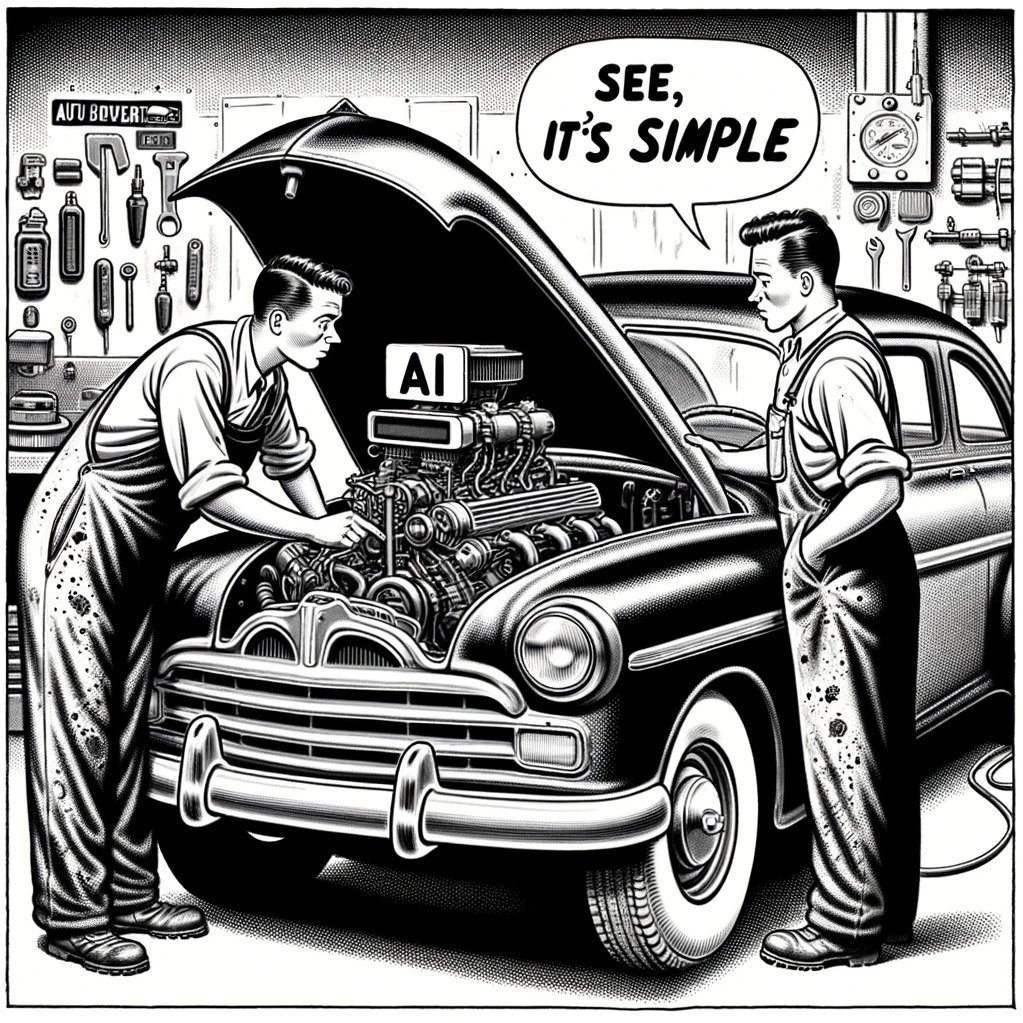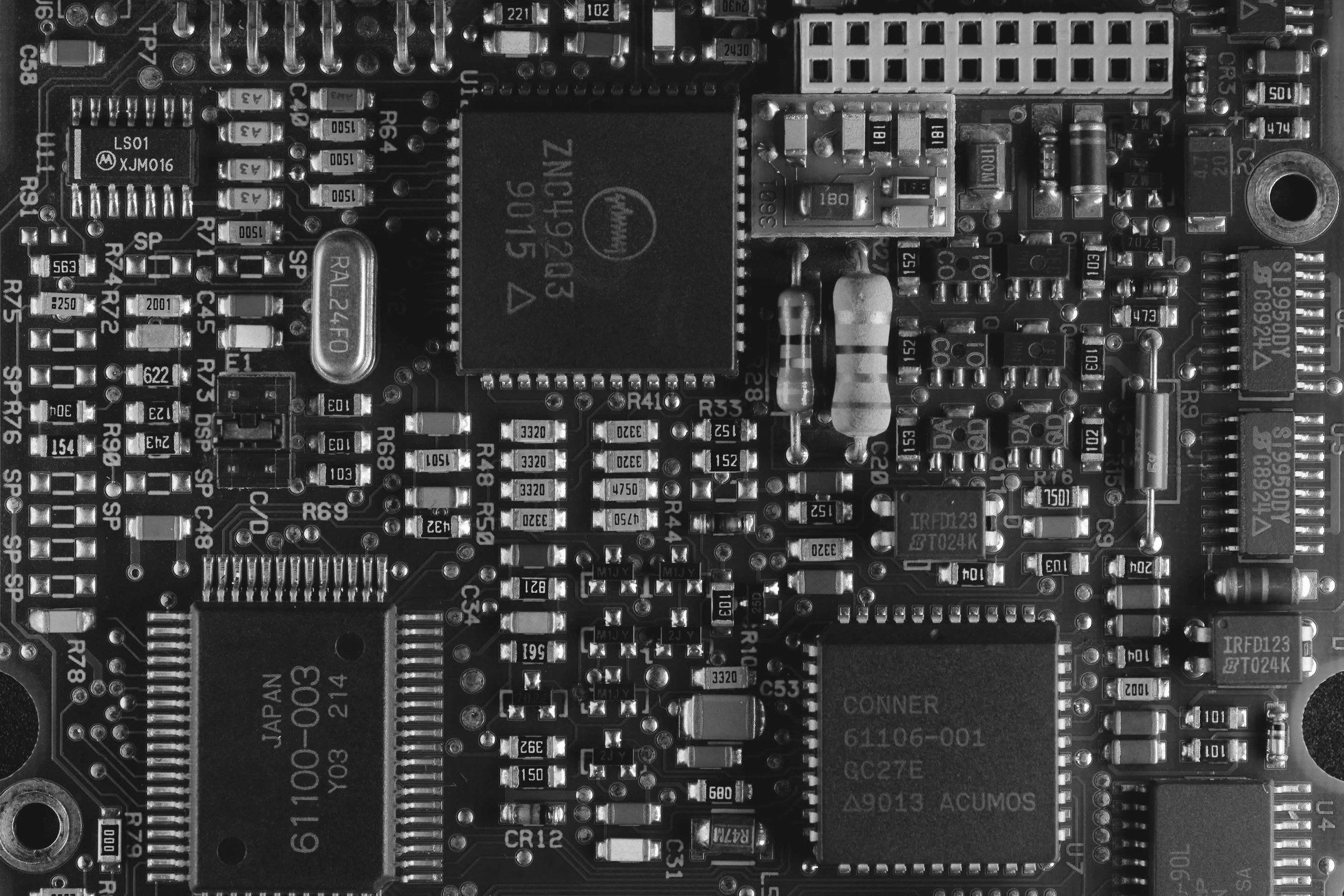
Legal insight and analysis for the tech industry
Add SpeedTake to your RSS feed:

AI, Part 2: AI Explains Itself on Business and Legal Landscapes
As an experiment, I thought it would be interesting to build off of Part 1 discussing the technical capabilities of generative AI. I asked ChatGPT 4o, Open AI’s “newest and most advanced model,” to write a post discussing AI’s potential business use cases and legal landscape. Read more to see the results.

What do you mean AI?
The pool of chatter discussing Artificial Intelligence (“AI”) and the impact to the tech sector is loud and crowded. Where discussions fall short, however, is a technical explanation on how AI technology works under the hood. This lack of explanation leads to misunderstanding, especially by policymakers. This in turn has led to a race to regulate and contain AI based on potential consequences without getting to the root of the technology. These discussions miss the fundamental opportunity to draw the straight line between AI’s technical capability, the business opportunities AI creates, and what regulations make sense in that context.

CHIPS: A Critical Moment for Electronics (Part 2).
The CHIPS and Science Act essentially is a full court press by the United States to ensure we invest in the semiconductor lifecycle from start to finish. This creates unprecedented opportunity for technology companies to drive the future of the industry, and to earn revenue while innovating their most important products.

CHIPS: A Critical Moment for Electronics (Part 1).
What are CHIPS, and why are they always in the news? Over the last fifty years, offshoring and globalization has caused most semiconductor manufacturing to take place in outside the US to decrease cost. The CHIPS and Sciences Act, passed in 2023, aims to bend that curve to ensure the US maintains semiconductor leadership. This is essential for the US to maintain its leadership in technology around the world.

Take 1: How Clock Speed G.C. Disrupts the Law Firm Model
Clock Speed G.C. operates with a simple philosophy: Let the business drive. A technology company has an incredible opportunity to change the world. Tech company founders and executives should use their vision to disrupt and create breakthrough change. Lawyers and other professionals should enable and empower the innovator’s vision.


